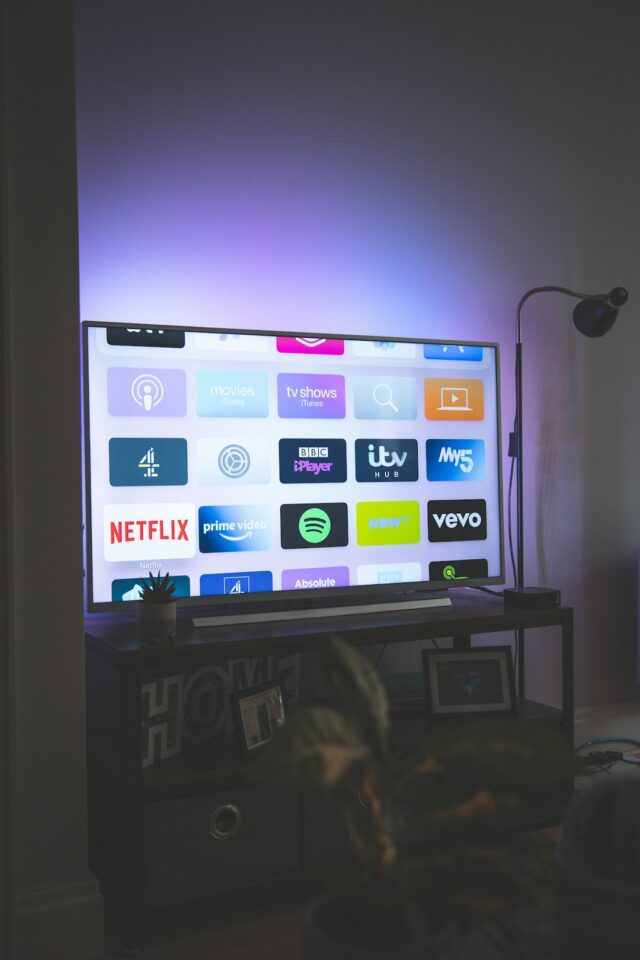Feel Like a Celebrity: Extravagant Karaoke Bars in Gangnam
Gangnam, the iconic district of Seoul, is where South Korea’s nightlife reaches its most lavish extremes, and nowhere is this more evident than in its high-end karaoke bars. These karaoke spots aren’t your average neighborhood sing-alongs. They combine luxury, atmosphere, and technology to create a thrilling experience that goes far beyond just singing in a room. With top-notch facilities, personalized service, and a style that rivals celebrity hotspots, Gangnam’s karaoke bars (a notable one being https://sean-acropolis.com) have become the ultimate destination for anyone looking to feel like a star for the night. Here’s what makes these extravagant venues so irresistible.
Luxury Rooms That Feel Like Private Concert Venues
Stepping into a karaoke room in Gangnam feels like entering a luxury suite designed for a high-profile artist. Forget about basic sound systems and worn-out couches; these rooms are fitted with plush leather seating, high-definition screens, and premium sound systems that bring out the best in every voice. Each room exudes style, from modern minimalist designs to extravagant, themed decor inspired by famous music venues and clubs.
These karaoke bars often include specialty rooms that cater to different tastes, whether you’re looking for a glitzy setup with disco balls and LED lighting or a more intimate vibe with cozy, dim lighting. Some lounges even include small stages or performance areas, letting guests live out their concert dreams in a setting fit for a celebrity.
Next-Level Sound and Visuals
Gangnam’s karaoke bars take sound and visuals seriously, often investing in high-end equipment to create a flawless audio-visual experience. Imagine singing your favorite songs with a system that rivals a professional music studio, complete with surround sound, bass boosters, and crystal-clear microphones. The screens are large, vibrant, and perfect for displaying lyrics with a sleek finish, so every moment feels cinematic.
To add to the experience, many venues use mood lighting, effects like fog machines, and even virtual backgrounds that transport you into different worlds while you sing. The tech-savvy setups make every performance feel amplified, as though you’re on stage in a music video. This commitment to sound and visual quality turns a simple night of karaoke into something unforgettable.
Impeccable Service at Every Step
Luxury karaoke bars in Gangnam are known for their impeccable service, which is designed to make every guest feel pampered. Attendants are always on standby to assist with any request, whether it’s helping you select songs, adjusting the lighting, or serving drinks and food with a warm smile. Some bars even offer a personal karaoke DJ, who will help curate your playlist for the evening, adding a professional touch to the experience.
Food and beverage options are far from ordinary. Think premium cocktails, champagne, and gourmet snacks that can be ordered directly to your private room. From imported wines to exclusive whiskies, the drink selection is on par with any upscale bar. And if you’re in the mood for a full dining experience, many bars offer chef-prepared dishes that elevate the night beyond just karaoke, turning it into a full-blown VIP experience.
A Spot for Celebrity Sightings
With its upscale appeal, Gangnam’s karaoke scene has become a favorite haunt for South Korea’s celebrities, influencers, and wealthy visitors. These luxury karaoke bars are where you might find K-pop idols, actors, and business moguls unwinding after a long day or celebrating a special occasion. While discretion is key and privacy is respected, there’s always a chance of crossing paths with a familiar face. This adds to the excitement, creating an atmosphere that feels special and exclusive.
Being in the same environment as South Korea’s elite, even for a night, brings a thrilling sense of glamour. You get to see where the stars go to relax and celebrate, and for just one evening, you can feel like you’re part of their world, surrounded by the same luxury and style.
Perfect for Groups, Parties, and Events
Gangnam’s karaoke bars are designed to be enjoyed with others, making them ideal for group outings, parties, and special events. With rooms that can accommodate large gatherings, these bars are perfect for birthday celebrations, corporate events, or just a fun night out with friends. Some venues even offer event packages that include drinks, food, and additional perks like party decorations or a dedicated DJ for the evening.
Bringing a group into one of these luxurious rooms is a surefire way to create memories. Whether it’s belting out pop anthems together or laughing over missed notes, the private setting allows everyone to let loose without any inhibitions. The ambiance, combined with the service, ensures everyone feels relaxed and ready to enjoy a night filled with music and laughter.
Making Every Guest Feel Like a Star
Gangnam’s karaoke bars have mastered the art of transforming a night out into a celebrity experience. With stunning interiors, personalized service, and top-quality audio-visuals, they’ve created spaces that allow anyone to feel like a star. It’s the ideal mix of music, atmosphere, and luxury, wrapped in a way that’s distinctively glamorous.
Whether you’re an experienced singer or just want to have fun with friends, Gangnam’s extravagant karaoke bars promise an evening of indulgence and thrill. So, if you’re in Seoul and looking to enjoy a night out in style, book a room, pick up the mic, and get ready for an unforgettable karaoke experience that makes you feel like the celebrity you are.









